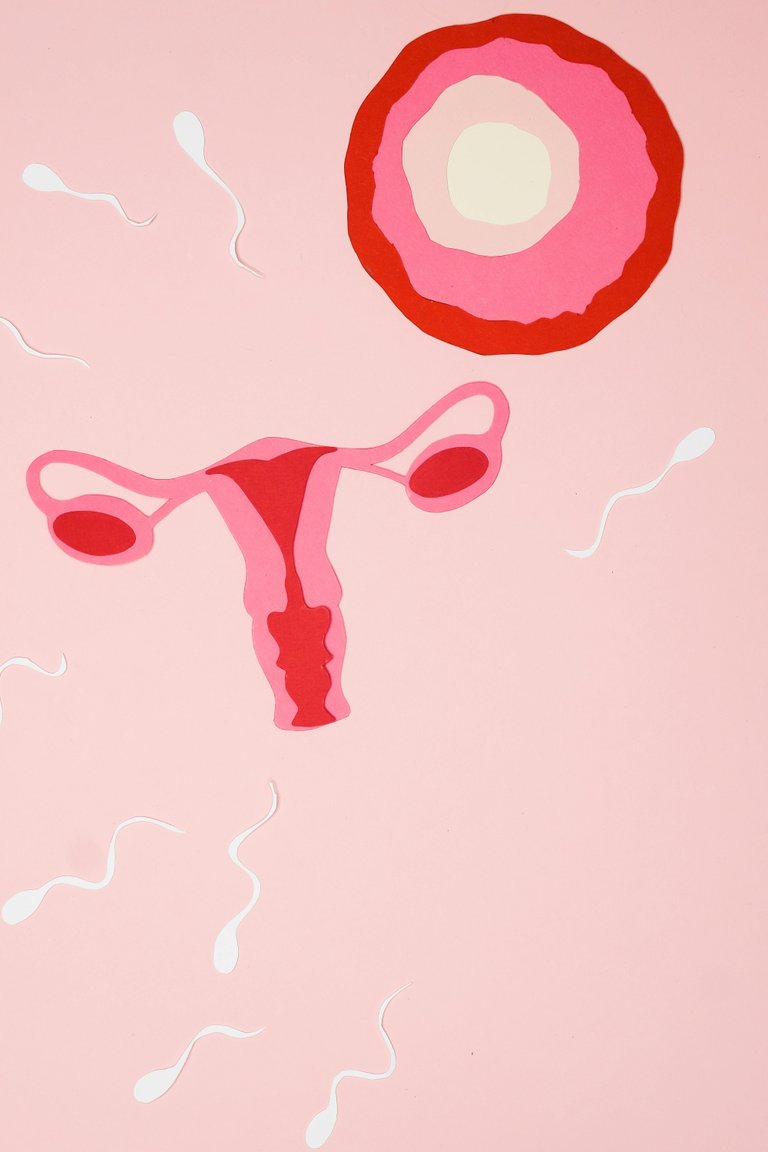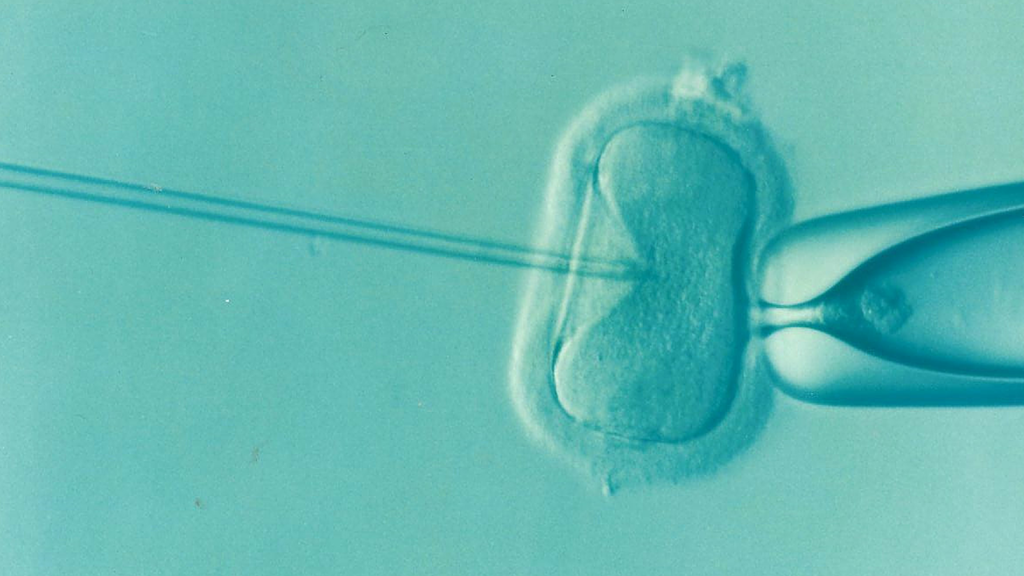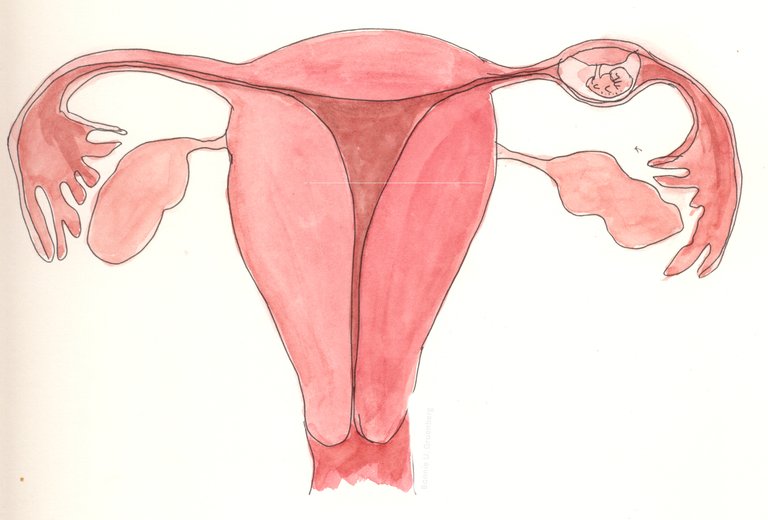In Africa, when there is a problem with not having a child, the first accusing finger is the female, and this is wrong. While the woman is always the first the get the lash, it is good that the couples understand the either of them can be responsible for not having a child if either of them is infertile but in this case, I will like to take a look at the infertility in women.
To explain infertility in women, let's first understand the anatomy of the female reproductive organ and its functions. The female reproductive tract consist of the vagina which is the tube-like structure of the reproductive organ connecting the vulva and the uterus. It consist of the Cervix which is a hole that connects the uterus and the vagina, and it is the lower, narrow end of the uterus.
The uterus is a fist size pear-shaped organ also known as the womb consists of muscle tissue and it is the place for fetus to grow during pregnancy. The Fallopian tubes are two narrow tubes running from the ovaries to the Uterus and the ovaries which also need mentioning are responsible for storing the eggs, and the production of hormones like estrogen, progesterone, and the little amount of testosterone which are hormones responsible during pregnancy and menstrual cycle.
Becoming pregnant isn't as simple as sending the spermatozoa down the vagina, as there are a cascade of events that need to occur before a woman can be pregnant, and if any of these is missing, then she cannot be pregnant. In other for a woman to be pregnant, it starts with the ovaries as the ovaries need to release matured eggs which is then transported to the Fallopian tube.
When this is there, it doesn't become a fetus magically. There need to the release of spermatozoa and this can be done via sexual intercourse. The sperms have to be healthy as they will swim through the vagina, through the cervix to the uterus. From the uterus, they need to identify the correct Fallopian tube and reach the egg before fertilization can occur.

https://www.pexels.com
When fertilization occurs, the fertilized egg then travels down the Fallopian tube to the uterus where it then attaches itself to the wall of the uterus and begins to grow. For the growth process of the egg, the body would need to release the appropriate amount of hormones needed. If the hormones are not released at the right time or the right concentration, or if any of the steps mentioned before is missed or cannot be completed, then it can lead to inability to have a child for the woman.
According to the WHO, 1 in 6 people globally affected by infertility which means they have been having frequent unprotected coitus but have not been able to conceive a child with women being a one-third factor in these case. The factors that come into play with female infertility can be enormous, making it difficult to diagnose.
One major reason for female infertility would be irregular ovulation or lack of ovulation which is usually caused by hormones not being released at the right proportion or not released at all. People who suffer from PCOS, Hypothalamatic dysfunction, Primary Ovarian Insufficiency, and increased levels of prolactin would suffer ovulation dysfunction which affects the fertility of a woman.
If the Fallopian tube is also faulty, then the woman can be infertile since the fallopian tube is responsible for transporting sperm to the egg but if the tubes are blocked or damaged, it can lead to infertility. The tubes can be blocked through infections such as Gonorrhea and other sexually transmitted infections or as a result of inflammation caused by tampering with it in a previous surgery.
Endometriosis is another cause of female infertility. With endometriosis, tissues for the uterus implants in other places in the abdomen and it can lead to the blockage of the Fallopian tube. It can disrupt the implantation of a fertilized egg into the wall of the uterus leading to infertility. There are other reasons that can lead to infertility like tumor in the uterus, and the uterus having unusual shape.
Infertility is a complex issue that can affect both men and women. While societal norms often place the burden on women, it's important to recognize that both partners may need to seek medical evaluation and treatment. Understanding the anatomy and the intricate process of conception is crucial in identifying and addressing the causes of infertility. With the right information and support, couples can navigate this challenging journey more effectively.
Reference
https://www.pennmedicine.org/for-patients-and-visitors/patient-information/conditions-treated-a-to-z/female-infertility
https://www.nichd.nih.gov/health/topics/infertility/conditioninfo/causes/causes-female
https://www.who.int/news/item/04-04-2023-1-in-6-people-globally-affected-by-infertility
https://www.nhs.uk/conditions/infertility/causes/
https://www.ncbi.nlm.nih.gov/books/NBK556033/
https://training.seer.cancer.gov/anatomy/reproductive/female/
https://www.ncbi.nlm.nih.gov/books/NBK537132/


